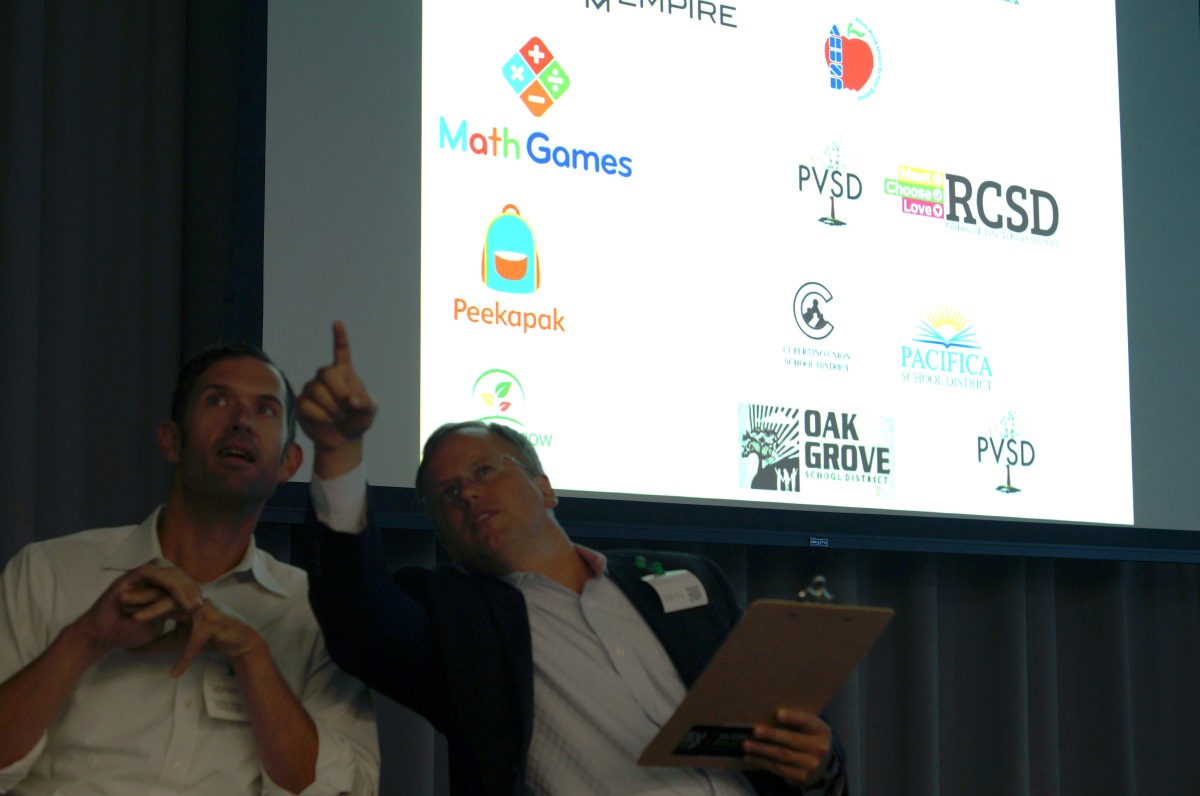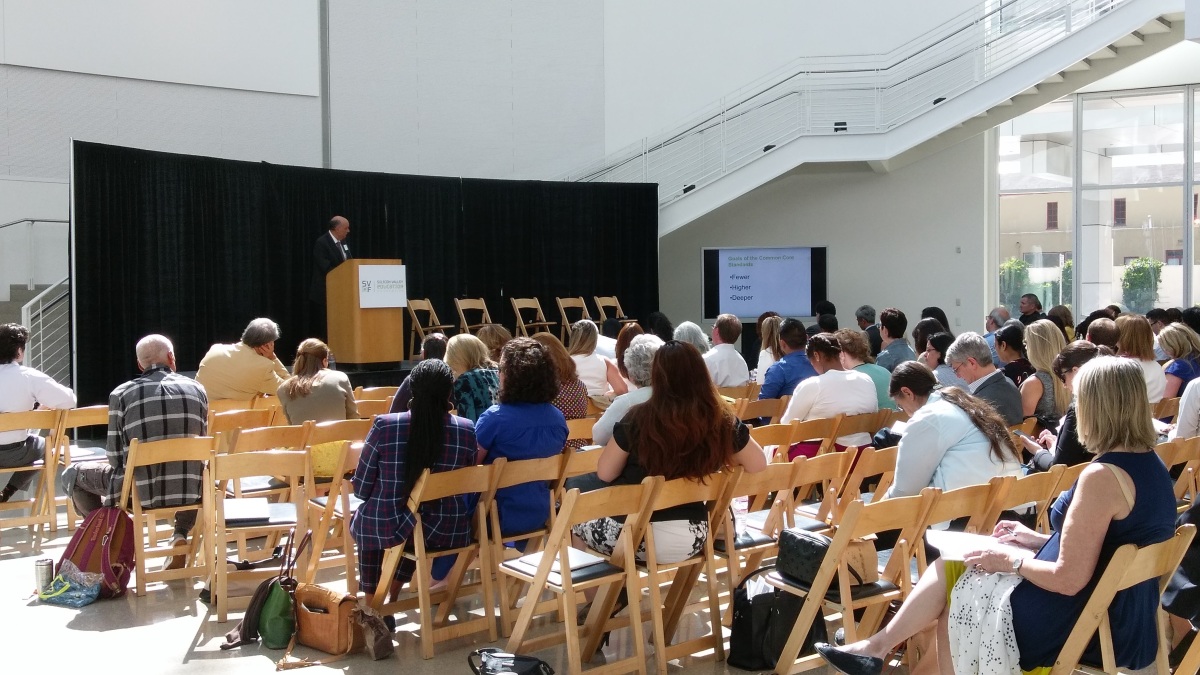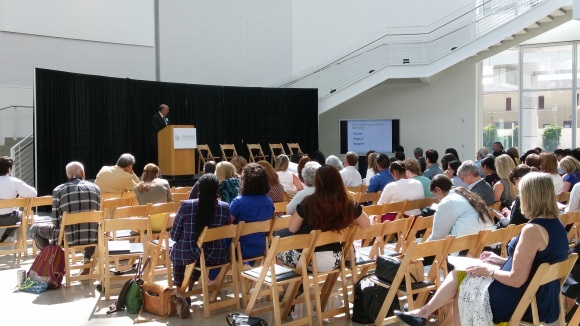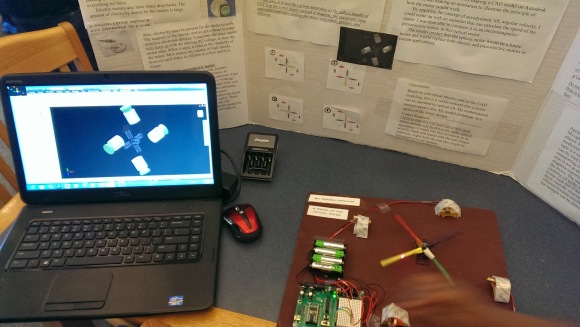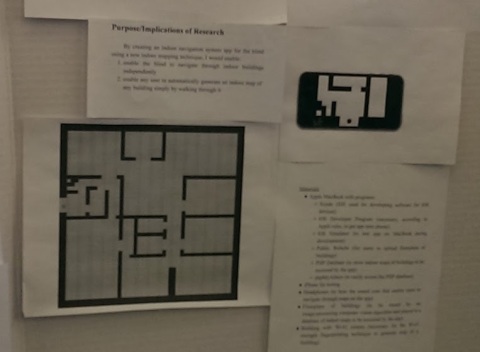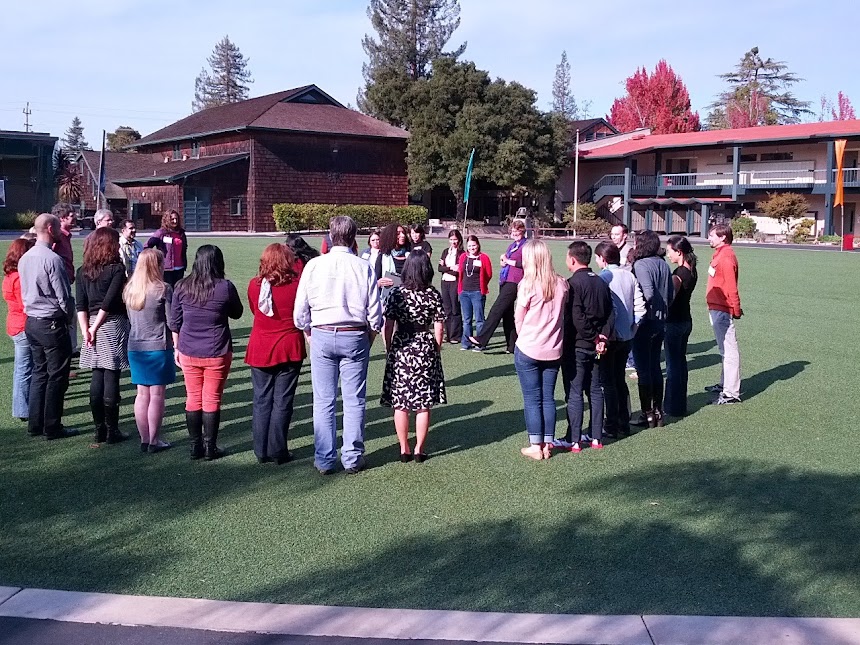The Silicon Valley Education Foundation recently hosted their 5th annual #iHubPitchGames at Google. Through this home-grown version of an edtech accelerator, they have been iterating on the process of matching rising education startups with local schools to conduct ~3 month pilots, empowering teachers and students to provide direct and meaningful product feedback. In some ways this experience is a natural follow-on to more well established incubator programs, as several of the teams (Sown to Grow, Bird Brain, Peekapak and MathGames) are alumni of ImagineK12.
My favorite aspect of this event is the authentic focus on educator perspectives. School teams that applied for the fellowship were required to submit a ~60 sec video explaining how they believe technology can be used to improve a specific learning challenge they face in their classrooms. The event started off by sharing these videos to set the context for the 10 startups that then presented their products.
After watching the educator videos the entrepreneurs had 20 min to prepare a 2-minute pitch on how their products can address those learning challenges. The teams clearly knew how to present to an audience of educators, connecting their tools to the educators needs in the participating schools. After the pitch event, a subset of the companies are matched with more than 40 teachers selected from 11 districts across Santa Clara and San Mateo counties.
While I haven’t had a chance to try out all the products, I was personally impressed with the project-based approach of Cashtivity (real world math challenges) and Cignition (neuroscience based math lessons). The flashiest software tool was clearly HSTRY (create interactive timelines), while MakersEmpire is helping schools unlock the power of their makerspaces.
The iHub program is one of the few structured opportunities for edtech startups to work directly with educators to get meaningful feedback during the early stages of product development. I’ll check back in with the teams in a couple months to see how the pilots are progressing.
